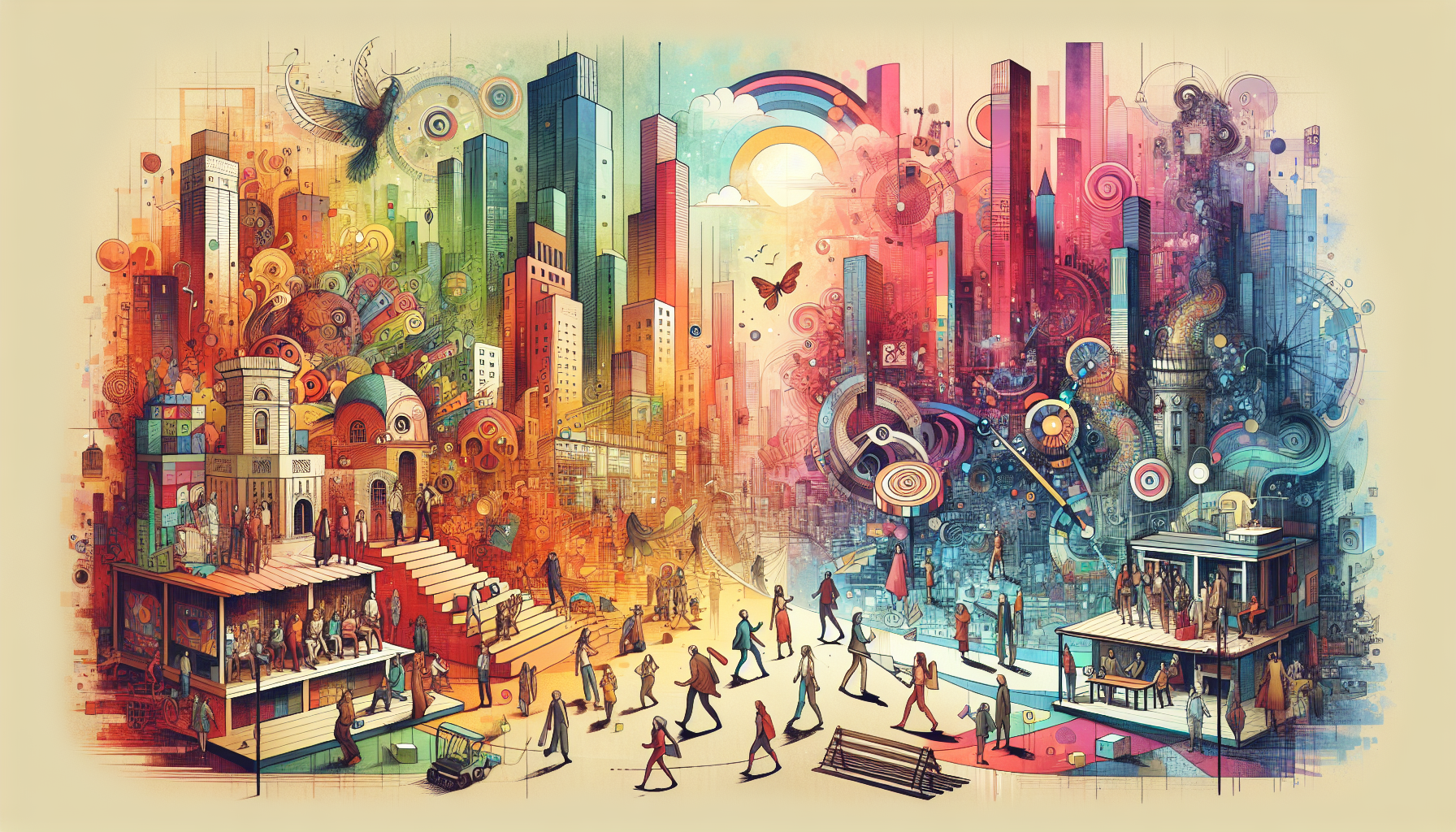Manga has long been a beloved medium, captivating audiences with its unique blend of art and storytelling. At its core, it's an art form that sparks imagination and inspires creativity in both its creators and readers. For those looking to dive into the world of creating manga, understanding its storytelling techniques and design elements is the key to bringing their own stories to life.
One of the most distinguishing features of manga is its ability to combine visual artistry with narrative depth. The art style ranges from the exaggerated expressions found in comedy to the intricate, detailed linework of dramatic and action-packed series. This versatility allows for a wide array of emotional and thematic expression. Aspiring manga artists can ignite their creativity by exploring various art styles and experimenting with different techniques to develop their unique visual language.
Storytelling in manga often revolves around character-driven plots. The most memorable series feature protagonists with relatable struggles, dreams, and personal growth. Crafting well-rounded characters is essential, requiring creators to delve deep into their characters’ backstories, motivations, and arcs. Building a compelling character not only anchors the narrative but also resonates emotionally with readers, making them invested in the journey from start to finish.
Another key element of manga storytelling is pacing, which is finely tuned through the use of panel layouts and page formatting. Artists expertly control the flow of the story by manipulating panel size and arrangement, guiding the reader’s eye and emphasizing emotional beats. By experimenting with panel layouts, creators can learn to craft scenes that are as impactful as they are visually stunning, maintaining a seamless narrative rhythm.
Moreover, the integration of dynamic action sequences and silent, introspective moments creates a captivating balance in many manga series. Engaging action scenes often rely on dramatic angles, speed lines, and exaggerated poses to convey movement and intensity, drawing readers into the heart of the action. On the flip side, silent panels can provide profound moments of introspection or tension, allowing emotions to resonate without words.
Real-life experiences and cultures often inspire the rich worlds found in manga. By incorporating diverse settings and cultural elements, creators can build complex universes that add depth and authenticity to their storytelling. Whether it’s exploring futuristic sci-fi landscapes or delving into historical fantasy realms, the possibilities are endless when imagination is fueled by real-world inspiration.
Finally, collaboration between writers and artists is a crucial part of creating manga. While some artists prefer to develop stories independently, others thrive in partnerships that harmonize narrative and visual elements. This collaborative process can lead to the creation of multifaceted stories where each contributor’s talents shine.
Unleashing creativity within the manga genre offers endless possibilities. By mastering storytelling techniques, experimenting with design elements, and drawing inspiration from the world around them, creators can bring their unique visions to life, capturing the imaginations of audiences worldwide. Whether you're a seasoned artist or new to the craft, the journey of creating manga promises an exciting exploration of your creative potential.
